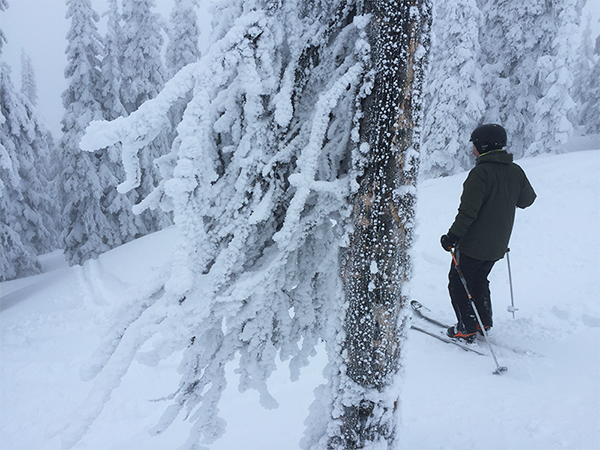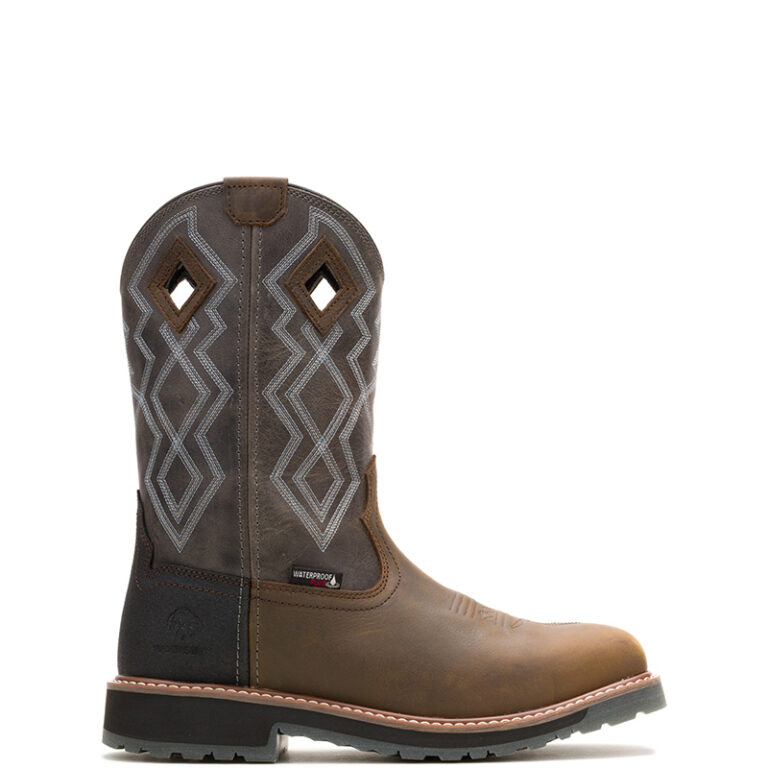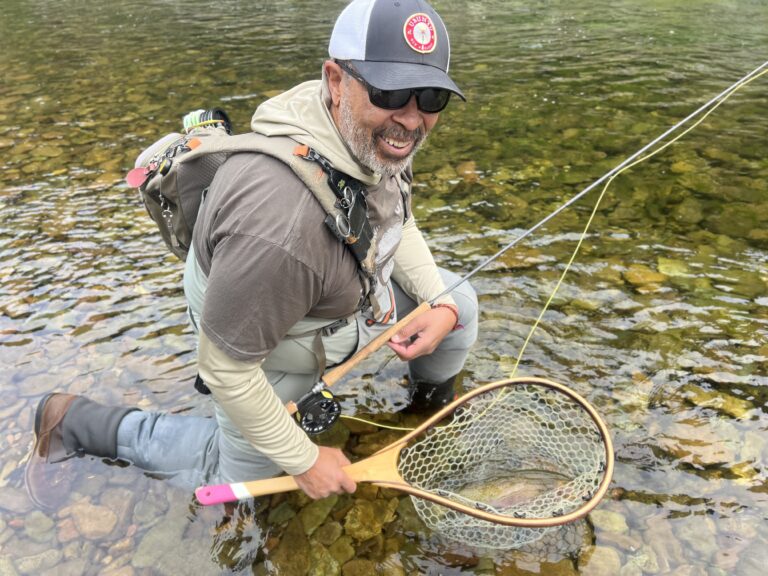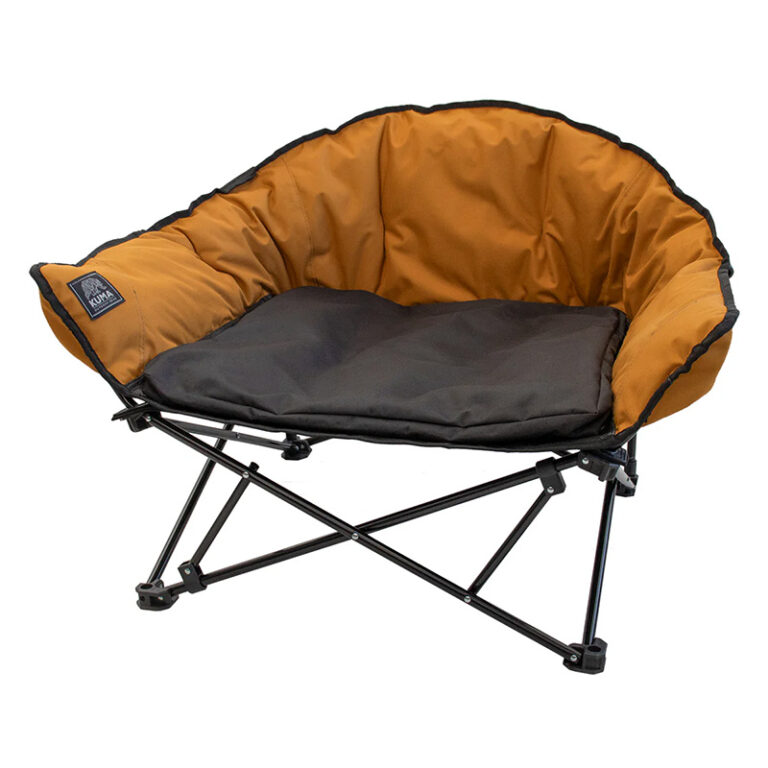March is always a mixed bag of weather on the mountain. This can be especially challenging for skiers to negotiate when Mother Nature dumps a half-foot of snow in one hour, and then flips the switch to sunny and warm for the rest of the day. The constant traffic from skiers and riders on busy spring weekends also complicates the situation even more, as they pack the snow firm in high traffic areas and leave pockets of powder on the outer fringes and in the trees. This can create an environment where you’re faced with a few different snow types on any given slope—each requiring a slight tweak in your skillset as you pass from one to the next.
“Tackling a run that has untracked powder mixed with areas of packed snow doesn’t require big changes in technique,” said Gary Forrest, Interim Director of Snow Sports at Lookout Pass. “You just need to understand that different snow types offer varying levels of resistance below your feet. Making adjustments to your balance points both laterally and fore and aft are also important to understand.”
Powder has light and fluffy consistency that feels much like floating on air as you glide through it. This consistency, however, also creates more resistance against the ski, which is different from the instant glide you feel on firmer snow. That resistance will slow you down considerably when transitioning from an area of packed snow to pocket of untouched powder.
“I always ask my students to find what I call the ‘golden spot’ under their feet,” Forrest says. “This sweet spot is a balance point between the ball and heel of the foot that allows the skier to maintain constant balance, where they can better handle those changes in speed.”

When executing a turn on any type of terrain, a skier focuses on three aspects to properly execute the turn: weight distribution, rolling the skis onto their edges, and actively steering the skis through the turn. The snow type largely dictates the level to which each of those comes into play. Skiers rely predominantly on weighting the ski and utilizing the ski’s edges to initiate turns on firmer snow. The game changes significantly in powder as the skier must transition to using steering as a predominant way of initiating turns.
“On packed snow, you’re more weighted on your outside ski and it’s inside edge, pushing against snow and utilizing the ski the way it was designed. When things switch over to powder, you must adjust your weight more evenly between both feet, in order to keep one ski from sinking,” he adds.
While powder can require you to change your balance point laterally, it can also require you to make adjustments fore and aft.
“When a skier finds their golden balance point, they can also easily make fore and aft adjustments on the fly. Bringing your tips up is crucial in deeper powder, but then adjusting to a more neutral balance point is needed when you transition out to firmer snow,” Forrest explains.
While all of this sounds great in theory, Forrest, a Level III PSIA instructor, who’s been teaching since 1970, recognizes that, for many people, applying these theories is much better accomplished in a lesson.
“For anyone who is struggling with any type of snow conditions, I would encourage them to come by and check out Lookout’s world-famous snow sports program, offering beginner, intermediate, and advanced level lessons for the whole family.”//
Brad Naccarato is a Spokane-based freelance writer and a contributor to OTO since 2012. Chasing snow, waves, trout, sun, dogs, and microbrews keeps him sane.
Originally published in the March 2017 print edition of the Out There Outdoors under the title “Skiing in Mixed Conditions.”
Feature photo: Deep deep powder at Big White Ski Resort. // Shallan Knowles
Sponsored by Ski the NW Rockies













